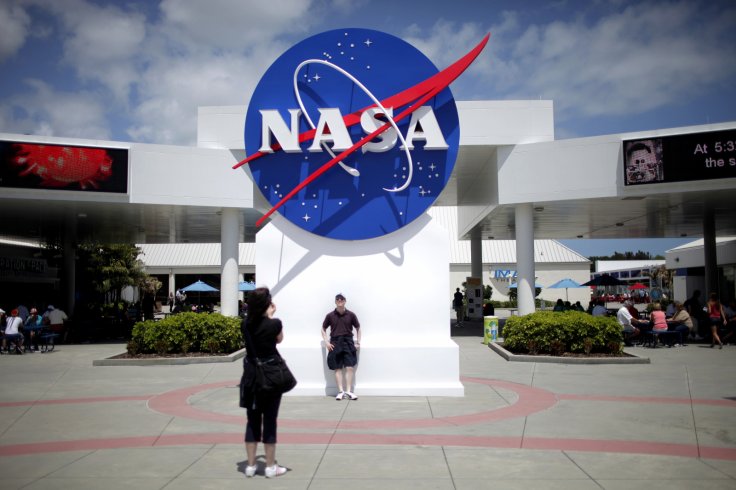
NASA's Hubble space telescope has captured a mysterious dark storm on Neptune that probably smells like rotten eggs, as it is shrinking out of existence. These immense dark storms were first discovered in the late 1980s by NASA's Voyager 2 spacecraft.
"It looks like we're capturing the demise of this dark vortex, and it's different from what well-known studies led us to expect," said Michael Wong of the University of California at Berkeley in the US, and co-author of a related paper published online in the Astronomical Journal.
Since then, only Hubble has had the sharpness in blue light to track these elusive features that have played a game of peek-a-boo over the years.
Hubble found two dark storms that appeared in the mid-1990s and then vanished. This latest storm was first seen in 2015, but is now shrinking, NASA said on Thursday.
Like Jupiter's Great Red Spot, the storm swirls in an anti-cyclonic direction and is dredging up material from deep inside the ice giant planet's atmosphere.
Scientists believe that dark spot material may be hydrogen sulfide, with the pungent smell of rotten eggs.
"The particles themselves are still highly reflective; they are just slightly darker than the particles in the surrounding atmosphere," Joshua Tollefson from University of California at Berkeley explained.
Unlike Jupiter's Great Red Spot, which has been visible for at least 200 years, Neptune's dark vortices last only a few years.
"This is the first one that actually has been photographed as it is dying," NASA said(IANS)









